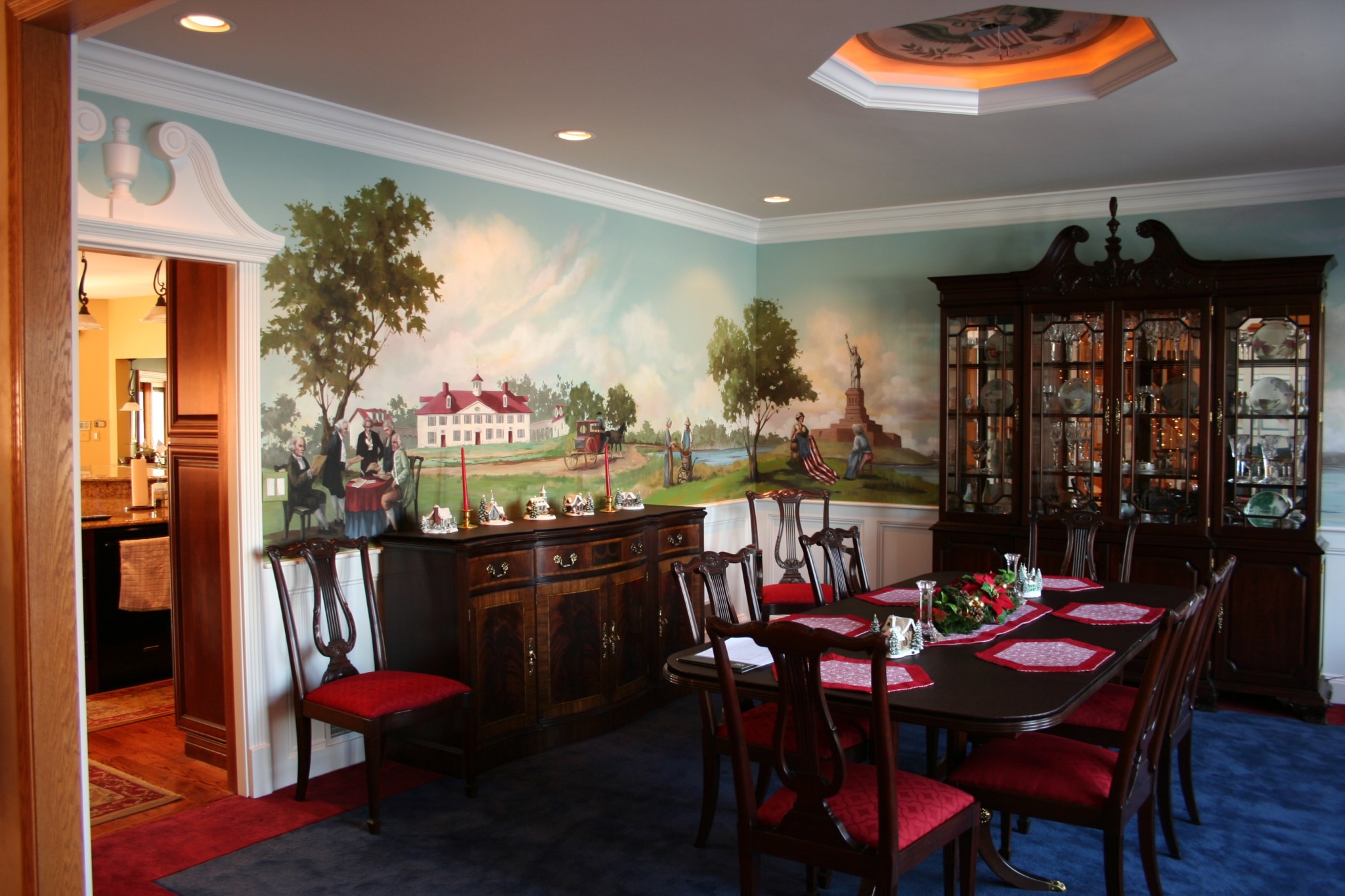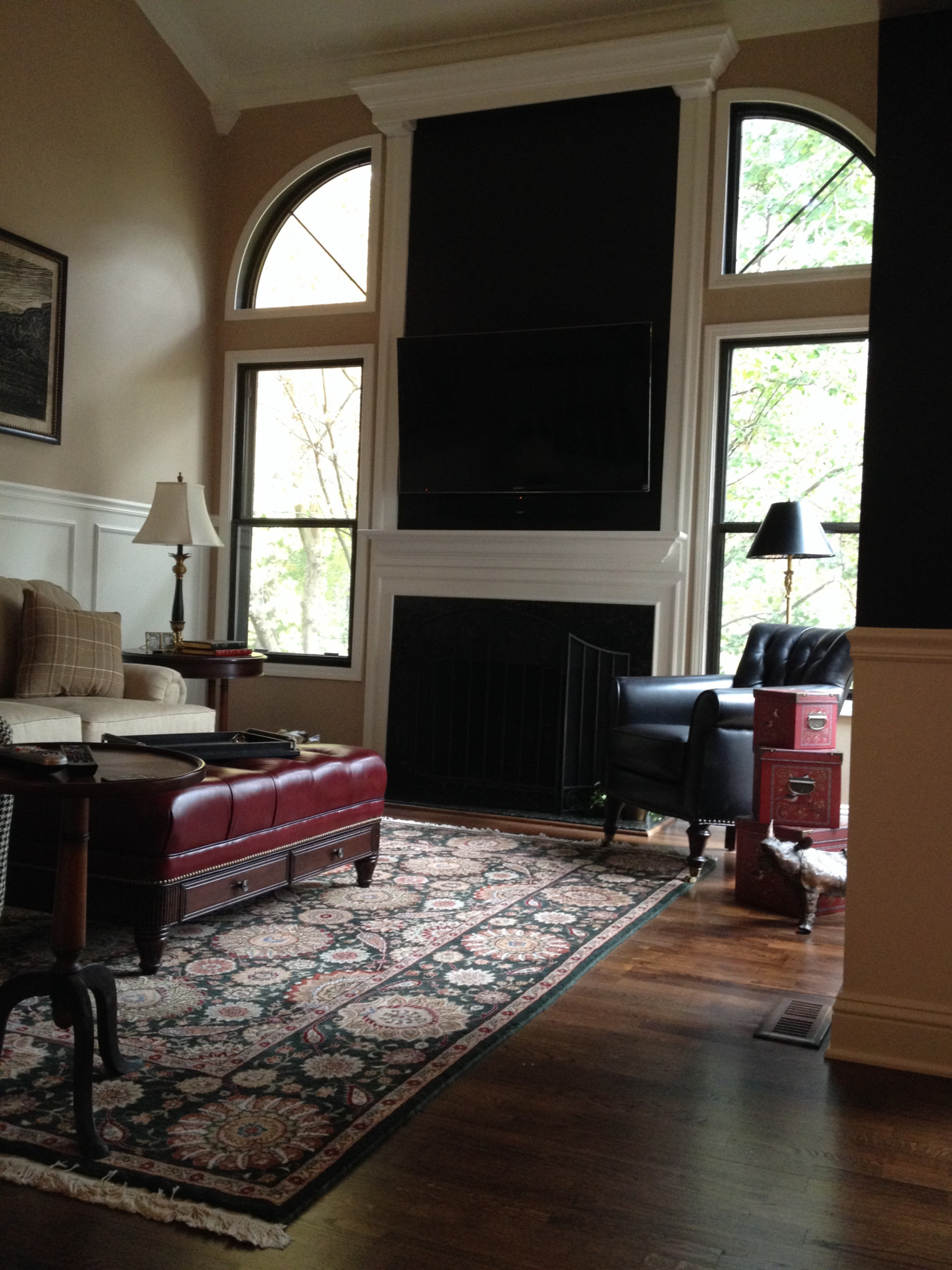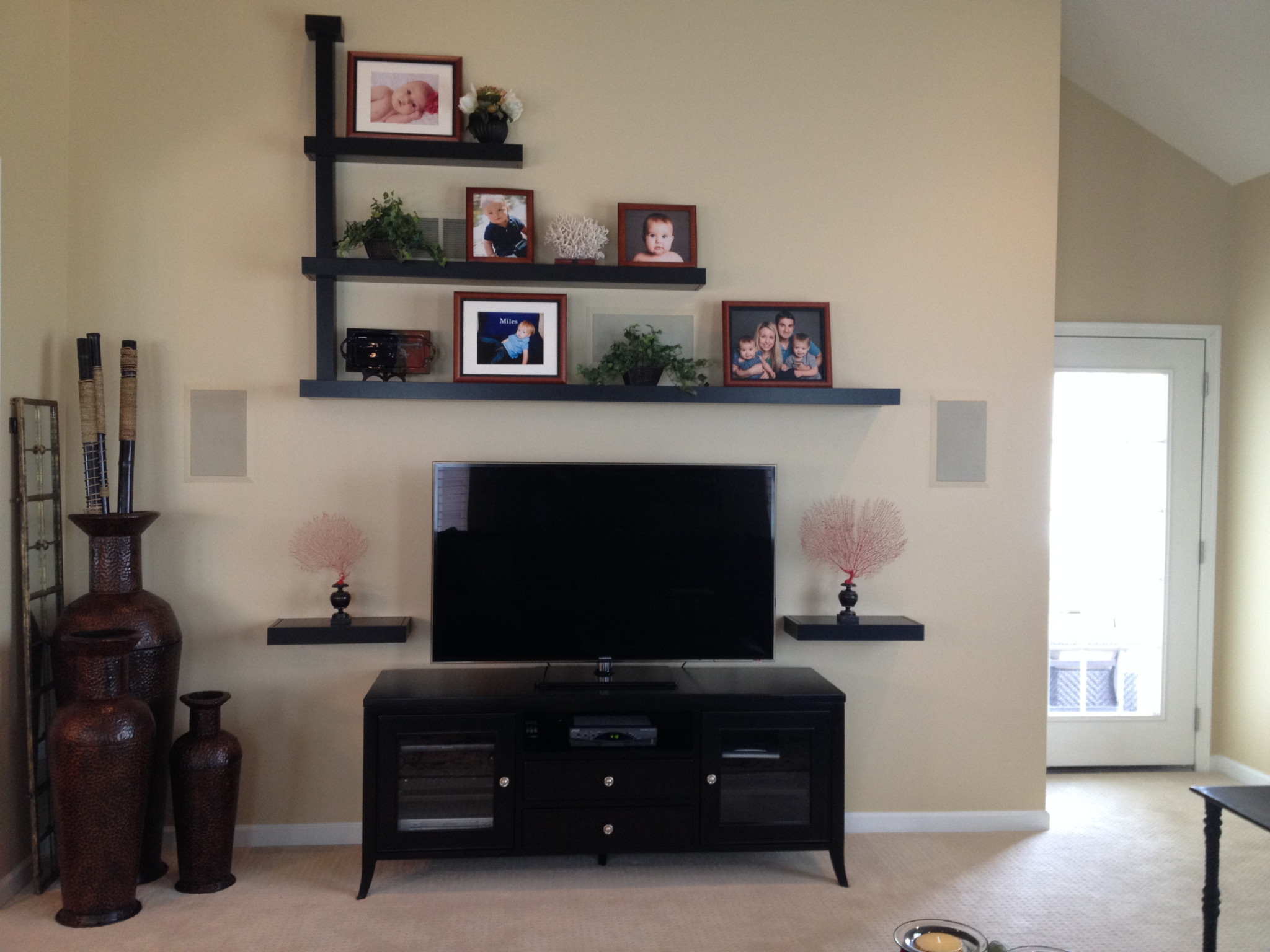Who hasn’t been in this situation? You agonize over choosing a paint color for a room. You hang paint chips on the wall to narrow it down and brush swatches of each contender on the wall to compare. You commit, purchase gallons of paint, tape off the room and coat your walls with the perfect color.
Only once you’ve finished, the paint in the room looks nothing like it did in those samples. What happened here?
It’s not uncommon. Changing light can affect color and the same hue may look different from room to room, at different times of day, or even during different seasons.
So, how do you avoid this conundrum? Start first by observing the light in the room and consider the amount of natural light coming into the room throughout the day. Note the direction that your room faces, as this determines a great deal of the undertones you will see, particularly in natural light.
North-facing rooms
In north-facing rooms, colors tend to look stronger and cooler, which can make it difficult to create a feeling on light or airiness.
For lighter tones, consider yellow-based paint colors, which can help spread light around the room. Likewise, avoid colors with green or gray undertones. Stronger colors, like eggplant, terracotta or dark lead gray, can create dramatic and cozy interiors.

East-facing rooms
The light in east-facing rooms is often bright in the morning and slightly blue, but more muted in the afternoon, making these rooms especially difficult for determining the best color. When choosing a paint color, consider the type of light that you will most often experience.
Retain warmth while creating as much light as possible by selecting light, cool tones in greens or blues. For darker east-facing rooms with little natural light, the palest aqua can help create an airy feeling, particularly when contrasted with a pure white – one without blue undertones. Richer blues, meanwhile, can create a tranquil effect.

South-facing rooms
South-facing rooms can be tricky, as not only can the sunlight cause glare, but on especially sunny days, rooms will look more yellow.
Use pale tones to maximize the feeling of light, such as a soft green-blue for a coastal look, or a pale sky blue. Alternatively, an inky navy can appear much bluer in well-lit rooms. If going for the grey trend, choose a true gray in the middle of the spectrum – not too warm or too cool, or pick one with blue undertones for a more contemporary look, and pair with a bright white.

West-facing rooms
The light in west-facing rooms changes a great deal throughout the day – cool and muted in the morning, but warmer in the evening.
Colors with red undertones, like a subtle pink or lilac, maximize the warm light and create a warm glow. White walls, on the other hand, can enhance all types of light. A slight yellow or red undertone soften the room and play well with strong, traditional colors. And finally, gray neutrals tend to create a feeling of lightness.
Your paint can set the tone of an entire room, so it’s no wonder so many agonize over making the choice. Call Aspira Interior Design for a consultation at 847-713-5007. We’ll discuss just what type of look you’re striving for and help you choose a paint color to produce just the right feeling.

This blog post was inspired by Farrow & Ball’s, “How Light Affects Coulour.”[/fusion_builder_column][/fusion_builder_row][/fusion_builder_container]


Leave A Comment